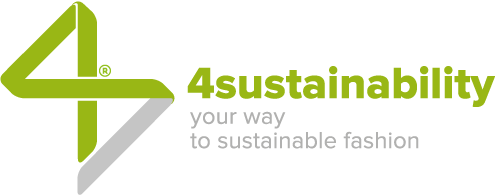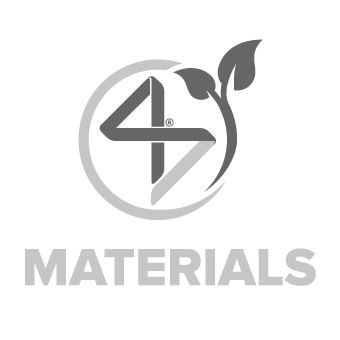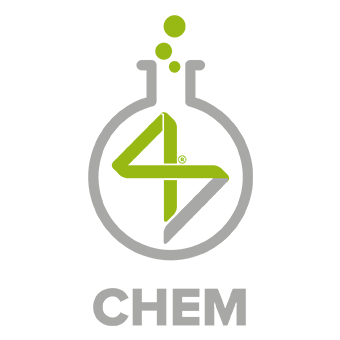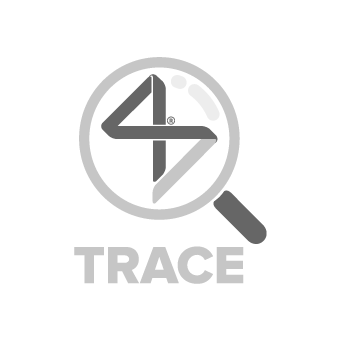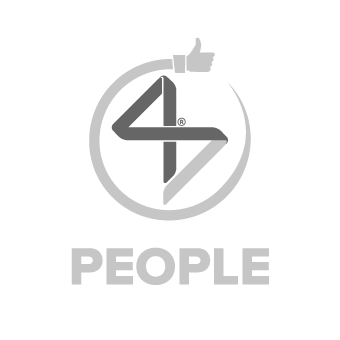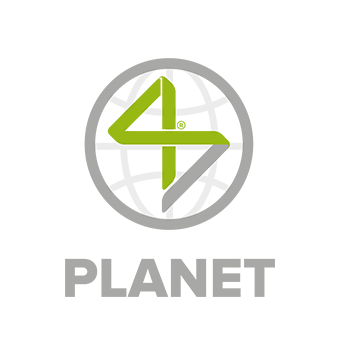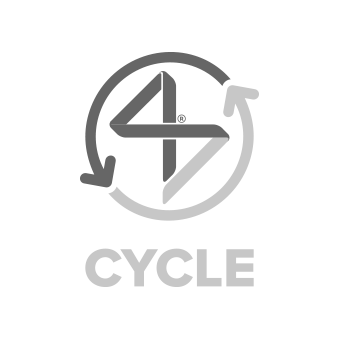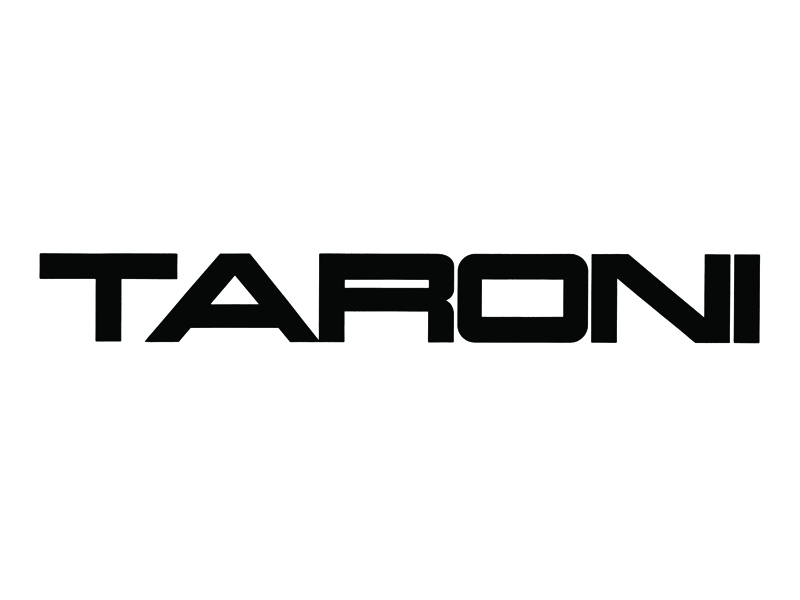
Taroni SpaID Nr. 4S-100381e-report version 3.0
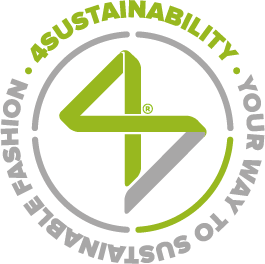
Telling the story of the Taroni company means celebrating the excellence of quality and craftsmanship at the service of the finest creativity.The company was founded in 1880 thanks to Amedeo Taroni, a talented weaver and artist, who left traces of his creations in the books of a valuable archive.
In 1999, the heir, Giampaolo Porlezza handed over the company to Michele Canepa, who has taken control of the mill. His son Maximilian, company CEO and Creative Director, is now dedicated to bringing TARONI up to speed with the modern world while still maintaining its long standing traditions.
Beside remarkable investments aimed at improving quality control of the whole productive cycle, the new headquarters, rational and modern, will allow a further boost to the entire activity.
The industrial culture and actual challenge of Taroni S.p.A. is centeredonthe satisfactionof clients’ and customers’ requests of quality without neglecting the refinement and innovation ofindustrial processes in order to meetthe sustainability values we care about.
www.taroni.it
4SUSTAINABILITY® COMMITMENT
Growth and sustainability are the factors for which we want to stand out, founding our strategy on the belief that ethical approach should characterize our business model. We firmly believe there cannot be a long-term economic development without a social and environmental development.
Inspired to and aligned with the Sustainable Development Goals set by the United Nations in the 2030 Agenda (SDGs), we’re committed to contributing to the generation of global positive change, assuming a clear environmental and social responsibility.
We do it concretely by joining the 4sustainability® roadmap, making the values and action programs it embodies our own, committing ourselves to starting a virtuous change journey in our business model, through one or more initiatives that we tell in this e-report.
this initiative contributes to the following UN Sustainable Development Goals
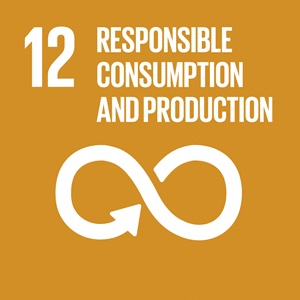
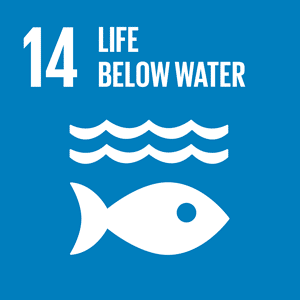
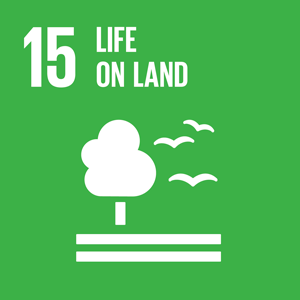
DATA REFERENCE PERIOD
from 01/05/2022 to 30/04/2023
LAST ISSUE DATE
16/06/2023
IMPLEMENTATION LEVEL
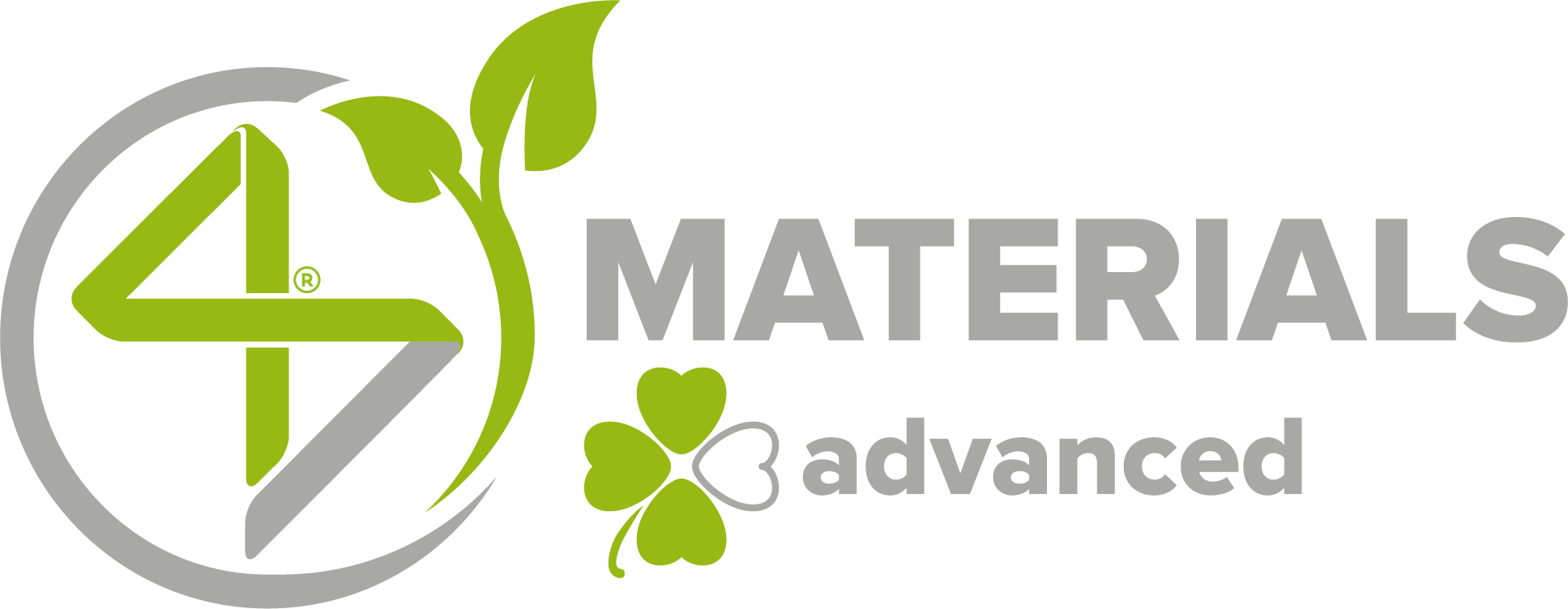
the implementation level is defined after the assurance process following the achievement of the protocol’s minimum requirements and is reviewed annually
The company has completed one or more certification processes, but the relating trademarks cannot be published yet.
30%
percentage of sustainable materials sourced
INPUT
The input percentage indicates the proportion of raw materials with recognized sustainability attributes. The calculation is performed by mapping the purchases made during the year and highlighting the share-volume of the sustainable ones based on the positive attributes as defined in the 4s Materials Library.
BREAKDOWN OF SUSTAINABLE MATERIALS BY TYPE OF FIBRE
35%
percentage of incoming sustainable packaging
SUSTAINABLE PACKAGING
The sustainable packaging indicates the amount of primary or secondary packaging material for which the producer employed techniques and input factors that lead to an improvement in environmental performance.
OUTPUT
The output percentage indicates the share-volume of the items in the designed and manufactured collection with recognized sustainability attributes, calculated in terms of the overall production.
31%
percentage of the volume of sustainable items sold
elimination of toxic and harmful chemicals from production cycles in line with the ZDHC Roadmap to Zero Programme
this initiative contributes to the following main UN Sustainable Development Goals
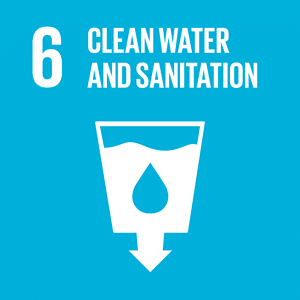
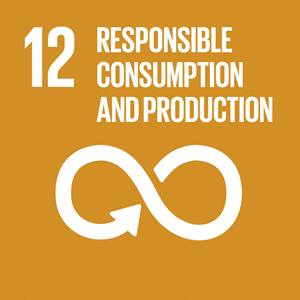

LAST REPORT ABSTRACT
download the report abstract with the main KPIs collected during the last on site assurance performed; if present, the abstract also includes the ZDHC Foundational or Progressive Level Certificate
IMPLEMENTATION LEVEL
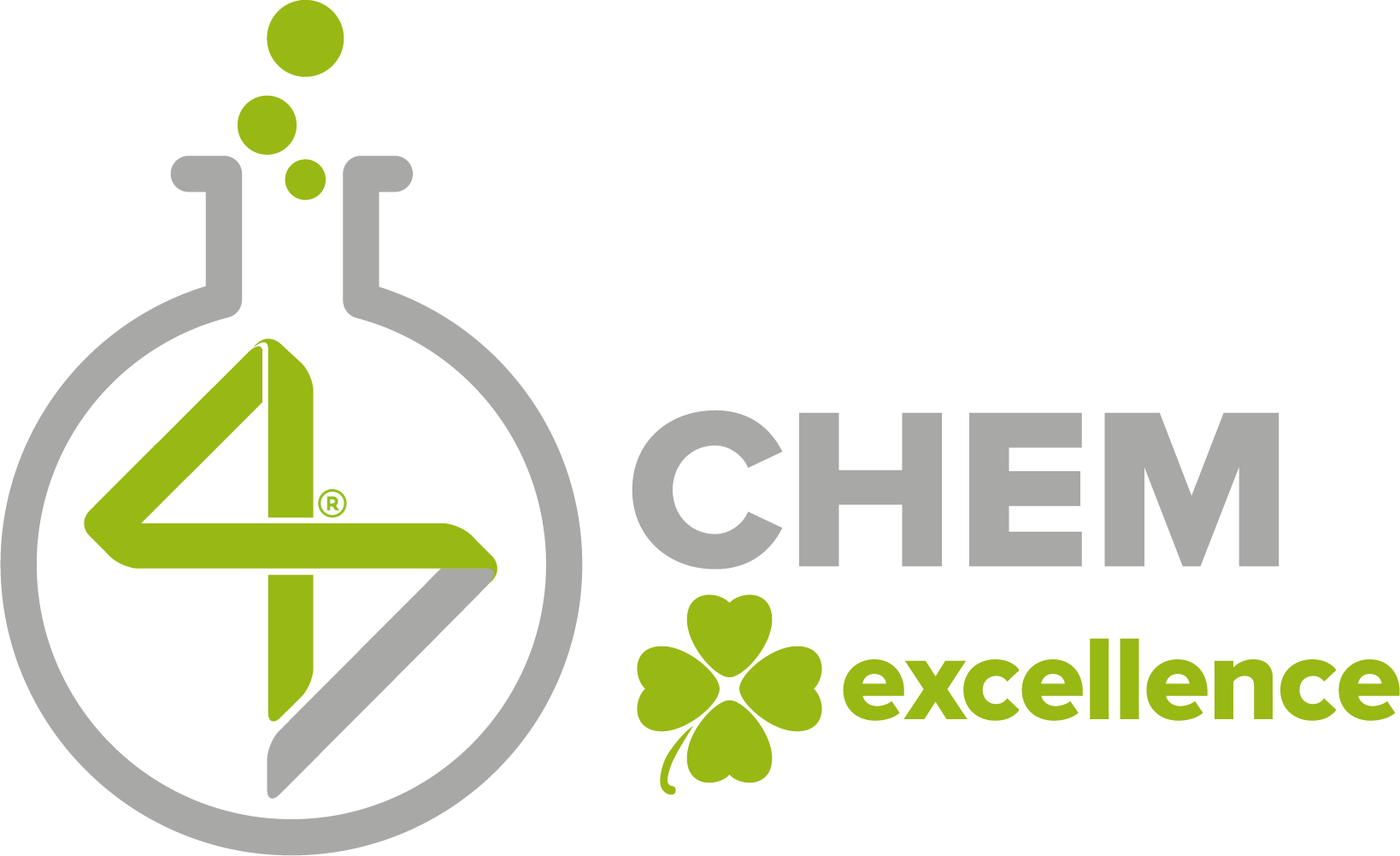
the implementation level is defined after the assurance process following the achievement of the protocol’s minimum requirements and is reviewed annually
The company has adopted the ZDHC MRSL for eliminating toxic and harmful chemicals from its processes and the 4S PRSL for raw material control. It has also implemented all the ZDHC CMS TIG requirements on internal and external processes.
CHEMICAL MANAGEMENT SYSTEM SCORE
89%
the percentage indicates the overall level reached through the implementation of 4s CHEM protocol requirements
ASSURANCE PROTOCOL
PRODUCTION VOLUMECOVERED BY MONITORED CHEMICAL INVENTORIES
99%
percentage of internal and external production volumes monitored through chemical inventory assessments
EXTERNAL CHEMICAL INVENTORY EVALUATION
WASTEWATER TESTING
ZDHC MRSL parameters following ZDHC Waste Waters Guidelines
wastewater compliance percentage; when in presence of “doesn’t meet requirements” slice, a Root Cause Analysis (RCA) has been performed and uploaded in ZDHC Gateway Waste Waters Module
PRODUCTION VOLUMECOVERED BY WASTEWATER TESTING
76%
percentage of internal and external production volumes whose wastewater has been tested following ZDHC Waste Waters Guidelines
this initiative contributes to the following main UN Sustainable Development Goals
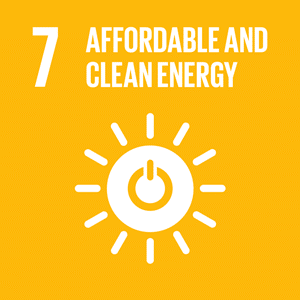
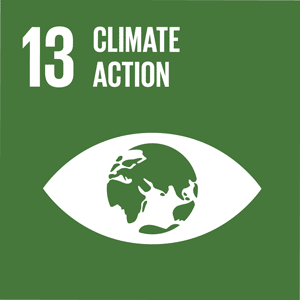

DATA REFERENCE PERIOD
from 01/01/2019 to 31/12/2019
LAST ISSUE DATE
16/06/2023
IMPLEMENTATION LEVEL
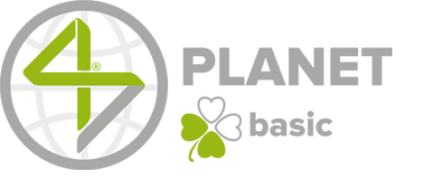
the implementation level is defined after the assurance process following the achievement of the protocol’s minimum requirements and is reviewed annually
The company has identified its main environmental impacts and implemented a calculation of its Water Footprint and/or Carbon Footprint and has started a roadmap for impact reduction on direct and indirect footprint.
MAIN ENVIRONMENTAL IMPACTS
The main company impacts are calculated starting from the direct ones. The calculation is then extended to include indirect impacts according to their order of relevance.
Consumption here on the side refers to an annual production of 233.157,55 mt.
CONSUMPTION
917.547,25Kwh
ELECTRIC ENERGY
1.974.656,80Kwh
THERMAL ENERGY
8.103.000,00liters
WATER VALUE
CO2eq (CARBON DIOXIDE)
630.400,83KG
total emission (e.g. energy and water consumption, waste, fuels, packaging...)
ENERGY
SOURCES
93%

OTHER
SOURCES
7%

FROM
SUPPLY CHAIN
0%

DIRECT USE
100%
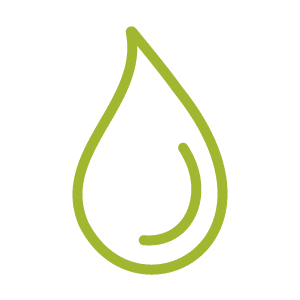
INDIRECT USE
0%

WATER
8.103.000,00L
total consumption
